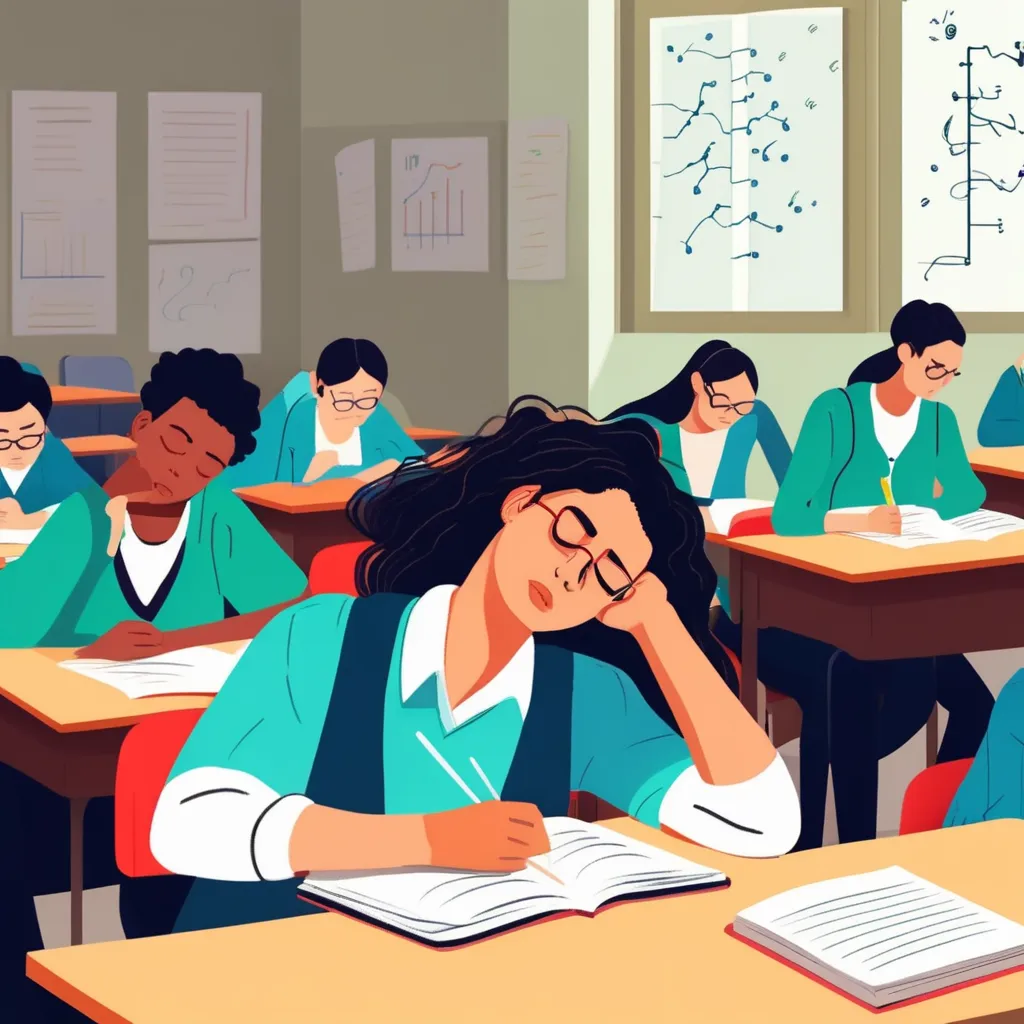At James Campbell High School (JCHS), the Blood Bank of Hawaii visits on occasion to collect from donors with the Academy of Health Sciences (AHS). Students ages 16 and 17 require parental consent and anyone older on campus may donate blood.
The process is simple. Sign up through a google form indicated on the digital bulletin, the JCHS Instagram, and through hard copy fliers posted around the school. Interested donors will be contacted with further questioning and instructions. An amount worth one pint of blood is drawn in the duration of 8-15 minutes from a donor’s artery. Students receive four community service hours when donating and could possibly save three lives with their contribution. Despite efforts to reach a broader audience and engage more students and faculty to consider donating, the recent blood drive on January 26th, 2024 did not reach the quota of blood needed from our school.
Student donor, Jenny Le (12), has been donating her blood since her junior year and donates because “one pint can save three lives.” She has experienced side effects such as bruising, but notes that it is nothing life-threatening. Le said, “I know some people experienced fainting but as long as you drink water and eat high iron foods beforehand, you should be okay.” Le advocates for blood donations and suggests, “If you meet the requirements with no health issues that might negatively affect you, then you should most definitely consider donating blood. This is a good way to give back to your community and it only takes 30 minutes.”
Donors are not limited to the student body, and teachers are welcome to get their blood drawn for the Blood Bank. It is not a requirement, but every donor has a purpose behind their contributions. For AVID and Social Studies teacher, Matthew Johnson, he said, “I know there are people need blood and donations benefit others, and it works for me to give back to the community.” Clarifying that the blood donation process is done in a timely manner, Johnson said, “It doesn’t take long and is beneficial for surgeries.” Johnson’s takeaway from donating his blood is fulfillment from the idea of knowing “I could’ve saved somebody’s without ever knowing them.”
His motivation to help others also reflects through Spanish teacher, Cindy Lum said, “I like helping people. I’m empathetic and my heart goes out to people who are sick.”
Lum emphasizes the health of the general population at this time, as the world emerges from the COVID-19 pandemic and the current flu season. She recommends donating blood to help people that are in “critical need” and“getting seriously ill with cancer or other illnesses,” noting that many are “exposed” to different germs and infections that could result in hindering their daily lives. JCHS is the largest public school population in the state of Hawai’i, making it very convenient for the Blood Bank of Hawaii to educate students on donating safely and inform them how to conduct themselves when giving their blood beyond high school.
For each blood drive at JCHS, the Blood Bank sets a goal with the school to reach 40 pints of blood. Due to the increased need for blood, the recent January drive set a goal of 60 pints. However, JCHS did not reach the minimum quota of 40 pints set with the Blood Bank and only reached 28 pints. In order to get more reach for the upcoming blood drive, Lum shared that fliers regarding the procedure and safety of blood donations will be distributed upon request. Blood drop cut outs will also be created for participants to indicate their presence attending the blood donations.
The hopes for the next blood drive in April are to meet the goal of pints set to be collected.




